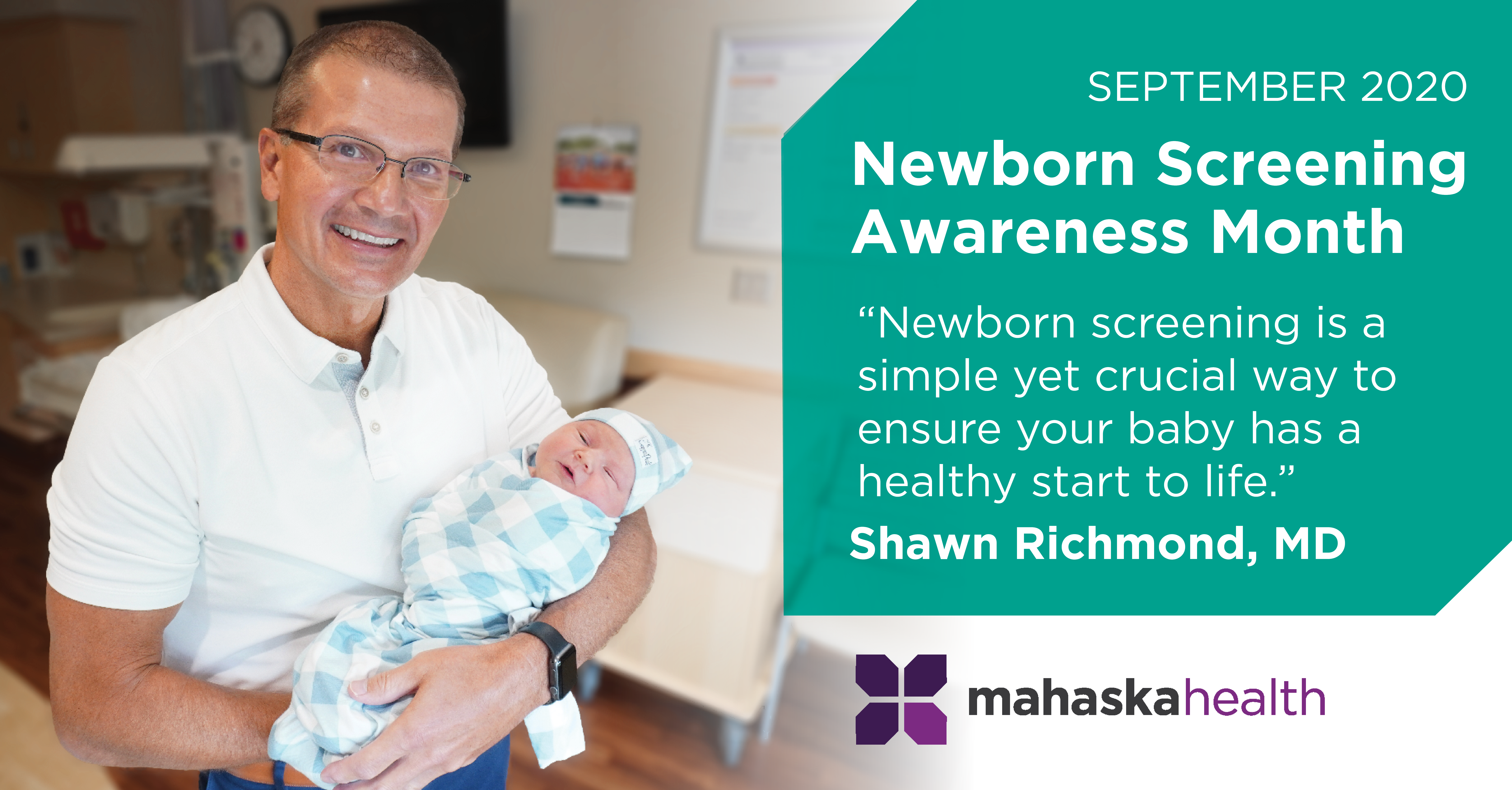
Each day, many families welcome their new baby into the world. These moments start a new journey for parents, one that is filled with both joy and uncertainty. Healthcare providers strive to walk alongside families, helping to answer questions that arise along the way. When your baby is born, they receive a newborn screening that helps your provider identify medical conditions before they are serious.
Each newborn screening has three parts to it:
- Blood Test
A simple blood test (sometimes called a heel stick) can help identify underlying conditions for your baby. Each sample is sent to a laboratory for analysis and the results will be given to your primary care provider. - Hearing Screen
Testing a newborn’s hearing involves two steps – the Otoacoustic Emissions (OAE) Test and the Auditory Brain Stem Response (ABR) Test. These tests evaluate how the baby responds to sound and how that sound is carried to the brain. This screening is safe and comfortable for your baby, and the results will be given to your primary care provider. - Pulse Oximetry Testing
In order to ensure a well-functioning heart and blood oxygen levels, medical professionals perform a non-invasive test known as a Pulse Oximetry Test. This screening takes minimal time and the results are given to your primary care provider.

